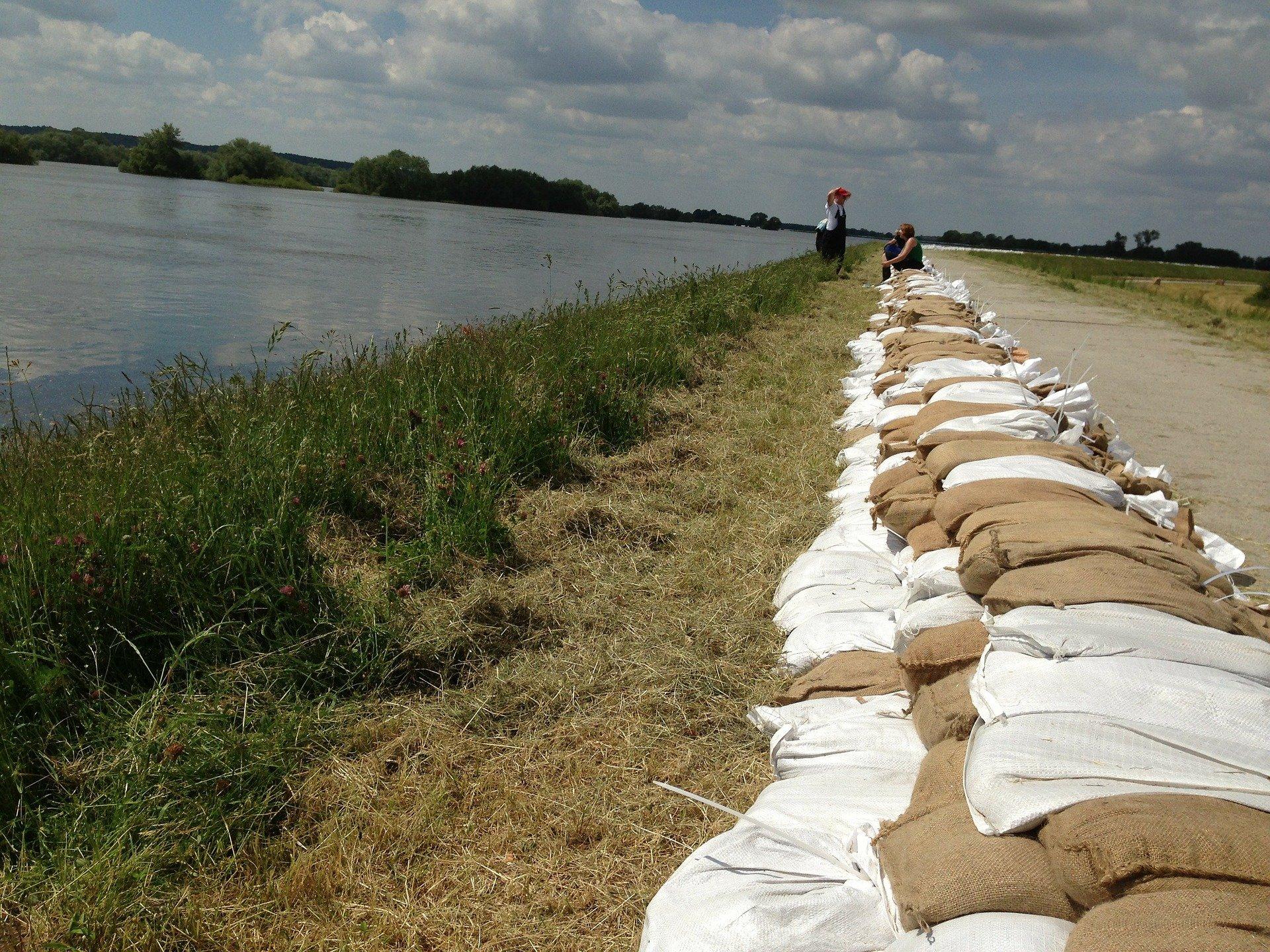Floodwater can be contained by using sandbags and protect you from substantial damage- Read this article to know more.
The wrath of Mother Nature is one feared by all. You may be struck by a natural disaster at any moment and the only way to best prepare yourself from the after-effects and take precautions to reduce the damage.
Water is a very potent element; just as it possesses the power to give life, it can command to take many with floods. Flooding can cause significant harm to the people and their environment. A single inch of water can damage your property, especially for people living in areas that are more susceptible to floods.
In such circumstances, it is a good idea to have sandbags ready as they will act as a shield to hold the backflow of floodwater and protect you from its destructive effects. Though it may not completely stop the water from entering your grounds, it will hold a sufficient amount to massively lessen the damage.
How to Manage and Use Sandbags During a Flood
If you are hit by a flood, you must have sandbags that are filled and stacked, ready to be your armor. This is a very difficult task to do. Sandbags are the most inexpensive tool that can be used, however, managing them is a time-consuming process.
Traditionally, to fill sandbags you would require a sandbagging machine. If you intend on filling sand yourself, ensure that the sand carries no grovels and the bags are kept away from the reach of animals. Nowadays, you will find sandbags that are self-inflating (that usually don’t require filling) which can be used as a light heft alternative to traditional sandbags.
Sandbags can be easily found in any local hardware store. During a flood, you may find your council to be distributing sandbags that you can collect.
Where do the Sandbags Go?
To prevent the backflow of floodwater, sandbags should be put on water waste areas (showers, laundry, etc…) and drains. If the building has any structural vents and openings then you must place sandbags on those along with the doorways.
You can stack sandbags to create levees that are higher than the water level which will also prevent water from entering your property. Any standard household built upon concrete should not require more than 25 sandbags.
If your home is made of delicate material such as fibro sheeting or stumps, then you must build a sandbag barricade all-around your house for proper protection. While doing so, you must also devise a way to remove any floodwater that may be confined between the sandbags.
What material Should a Sandbag be made of?
The efficiency of the sandbag depends on the material used to make the sandbag or cover it. You must either buy sandbags that are made of plastic or have polythene sheeting to enhance the performance of your sandbag wall.
If there are any gaps or grooves in between the sandbags, you can insert cotton caulking. This will help keep the floodwater out. If you store your sandbags, make sure they are not wet, as that may lead them to rot. Store them in a dry place using polythene sheets for cover to avoid water from touching the sandbag (for prolonged storage).
Stacking Sandbags
Firstly, you will have to place a sheet of plastic that shall act as a membrane to protect the sandbags from water. Your sandbags must be 2/3rds full and ready to be laid out. The structure of the sandbag barrier should be laid out like that of a brick wall on top of the plastic sheeting.
You should start from one end and work towards the other while making sure that the unfilled top of the sandbag is covered by the filled bottom of the other. Tuck the flap of the final one underneath the bag and arrange these in a staggered manner similar to a brick wall and avoid making a line.
What to Do with Sandbags Once They Have Served Their Purpose
Once the floodwater is washed away, any sandbags that have come in contact with the floodwater must be disposed of. These sandbags must be handled with caution as the flood water may carry harmful waste products and chemicals that can be fatal to health.
These sandbags must never be reused and should be disposed of properly following the instructions provided by your local council. If you have any bag that did not come in contact with floodwater, you can spread those in your fields or gardens as topsoil.
Advantages of Using Sandbags as Protection from Floodwater
The effectiveness of this simple technique is the biggest advantage of using sandbags as protection. All you have to do is stack them up the right way, and they can reduce the amount of damage that could otherwise have taken place.
It is a very cheap way of finding good aid. Though it may not be completely waterproof, the results are quite satisfactory in many cases. Also, sandbags are easily available. It only requires two people to fill a sandbag and with the help of a bagging machine, the process becomes pretty effortless.
To Give Your Best to Save your possessions after a Flood, Sandbags are a Must
Sandbags are recommended by many as the first means of protection during a storm. Though it may not completely seal the water, it will save you from extended damages that may otherwise occur. They are the handiest flood protection tool.
Yes, it may take some time to initially fill in the sandbags and properly store them. Yet in times of need, you will be glad to spend the time and effort behind the work.
So save yourself from the storm and get your sandbag!

